How to Identify High-Quality Tea Leaves
Tea lovers, gather ‘round! Whether you’re a seasoned sipper or a rookie dunking your first tea bag, knowing how to spot high-quality tea leaves is an essential skill. After all, life’s too short for bad tea. But don’t worry—this isn’t going to be a dry, boring lecture. We’re about to spill the tea (pun intended) in the most entertaining way possible. So grab your favorite mug, and let’s dive into the leafy world of tea!
Step 1: Look at the Leaves – Are They Ready for Their Close-Up?
High-quality tea leaves are like celebrities—they demand attention. They should look fresh, whole, and vibrant, not like they just crawled out of a dusty attic. If you’re dealing with loose-leaf tea, check for leaves that are uniform in size and shape. They should be intact, not crushed into oblivion like your hopes after watching the last season of your favorite TV show.
Avoid tea that looks like it’s been through a blender. Dust and tiny broken pieces are red flags—they’re the leftovers of lesser-quality batches, and nobody wants to drink the tea equivalent of crumbs.
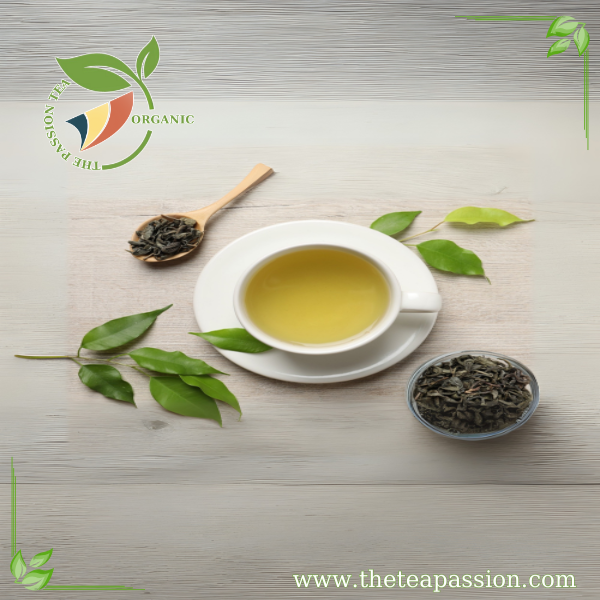
Step 2: Sniff It Like a Tea Sommelier
Now, let’s talk about aroma. Good tea leaves should smell amazing—like they’ve been kissed by Mother Nature herself. Whether it’s green tea, black tea, or oolong, the fragrance should be fresh and inviting.
If your tea smells stale or musty, run for the hills! That’s a sign it’s been sitting on a shelf longer than your grandma’s fruitcake from last Christmas. High-quality tea smells like a meadow on a sunny day, not like your gym socks after leg day.
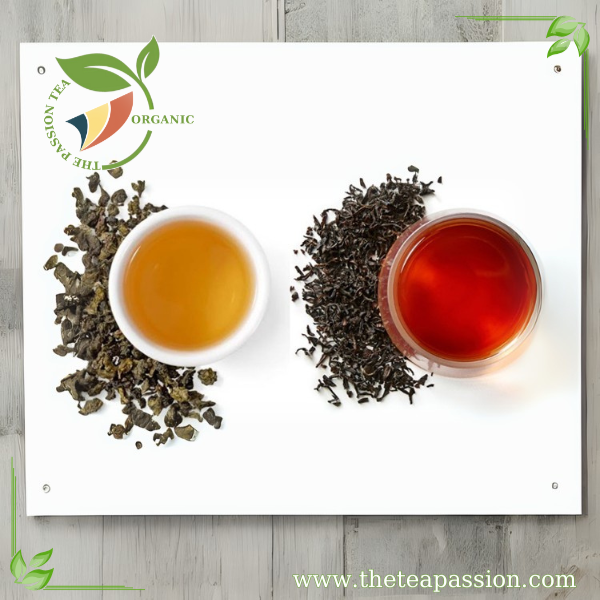
Step 3: Feel the Leaves – Channel Your Inner Tea Whisperer
Okay, this part might make you feel slightly ridiculous, but trust me—it works. Grab a few tea leaves and rub them gently between your fingers. High-quality leaves are smooth and slightly pliable, not brittle or crumbly.
If the leaves disintegrate into powder like Thanos just snapped his fingers, you’re dealing with low-quality tea. Good tea leaves have a bit of bounce—they’re resilient, just like you after your third cup of caffeine in the morning.
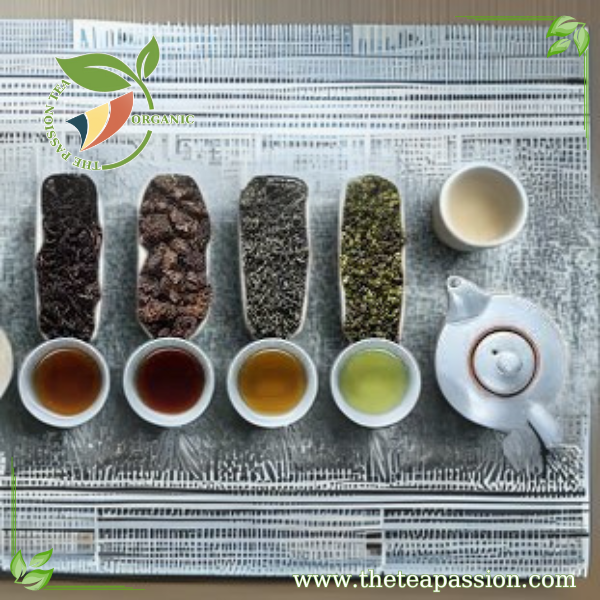
Step 4: Taste Test – The Moment of Truth
The best way to know if your tea is top-notch? Brew it! High-quality tea will have a rich, complex flavor that dances on your taste buds like it’s auditioning for “Dancing with the Stars.”
Bad tea, on the other hand, tastes flat or bitter—like it’s throwing a tantrum because you didn’t give it enough attention. If your tea makes you wince or regret life choices, it’s time to upgrade your stash.
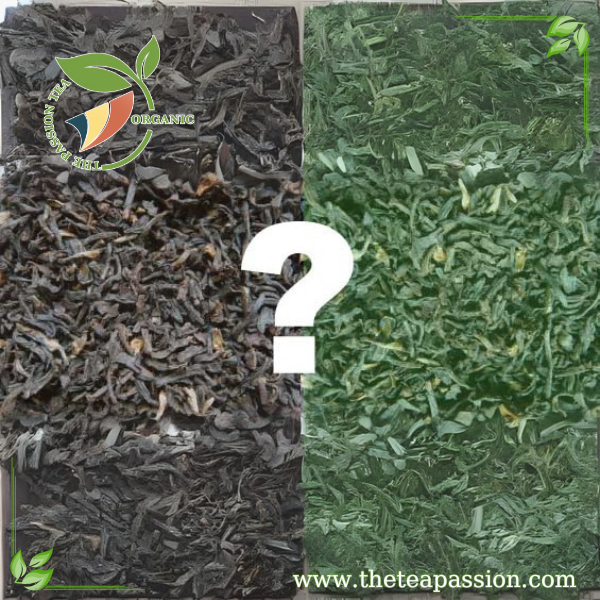
Step 5: Check for the Tea’s Origin Story
Every superhero has an origin story, and so does your tea. High-quality tea often comes from reputable regions known for their expertise in tea production—places like Darjeeling in India, Uji in Japan, or Fujian in China.
If the packaging is vague about where the tea came from, be suspicious. It’s like meeting someone who says they’re “from Earth” instead of giving you specifics. Good tea loves to brag about its roots!
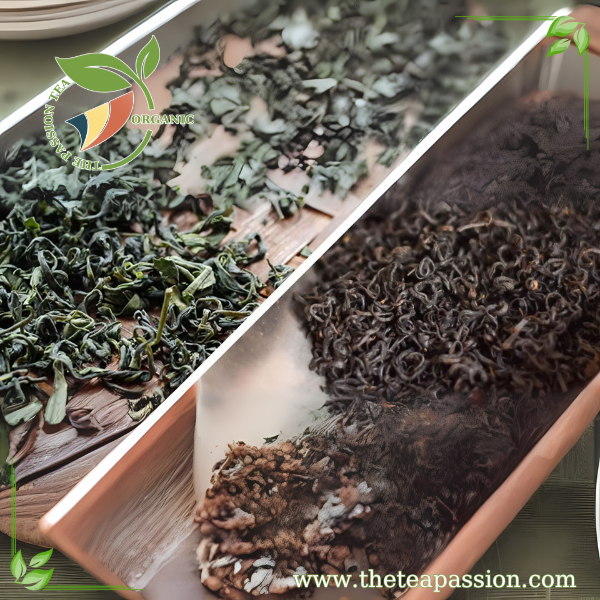
Step 6: Packaging Matters – Don’t Judge a Leaf by Its Cover (Except When You Should)
While we don’t want to be superficial, packaging can tell you a lot about the quality of your tea. High-quality tea is often stored in airtight containers to preserve its freshness and flavor.
If your tea comes in flimsy plastic that looks like it was borrowed from a dollar store party favor bag, it’s probably not living its best life. Treat yourself to tea that comes in classy tins or resealable pouches—it’s worth it!
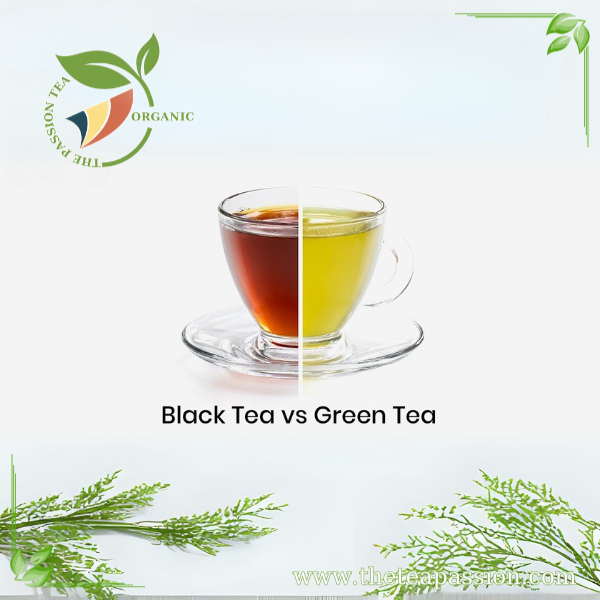
Step 7: Price Isn’t Everything (But It’s Something)
Let’s address the elephant in the teapot: price. While expensive doesn’t always mean better, dirt-cheap tea is usually… well… dirt-like in quality.
Think of it this way: would you trust a $1 sushi roll? Probably not. The same logic applies to tea. Invest in something that won’t make you question your existence with every sip.
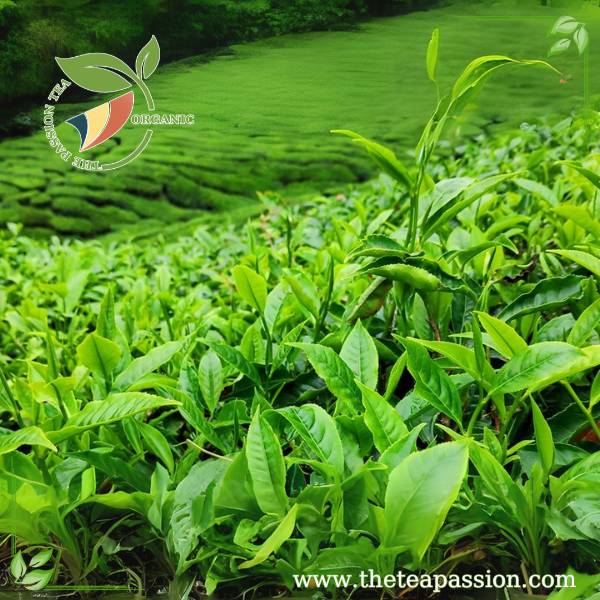
Bonus Tip: Trust Your Gut (And Your Taste Buds)
At the end of the day, identifying high-quality tea is as much about personal preference as it is about technical details. If you love how it tastes and smells, then congratulations—you’ve found your perfect cup!
And remember: life is too short for bad tea. So go forth, sip boldly, and may your teacup always be full of liquid happiness!
Now that you’re armed with these tips, you’re officially ready to conquer the world of tea like a caffeinated superhero. Just don’t forget to share your newfound wisdom with fellow tea enthusiasts—because sharing is caring (and also because we all need better tea). Cheers!
